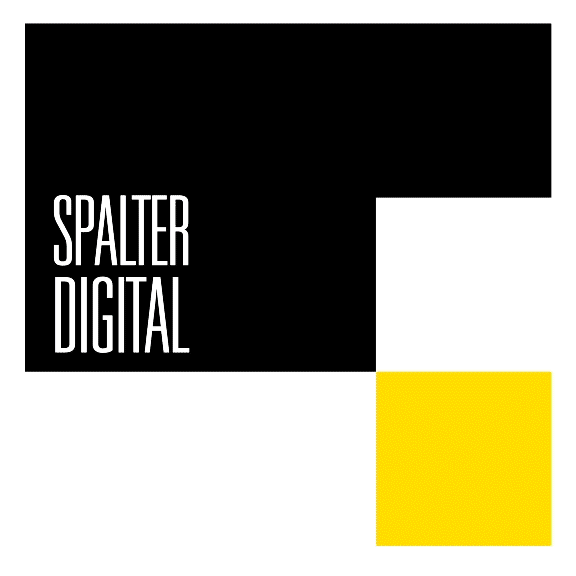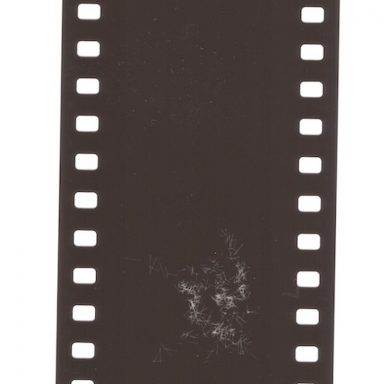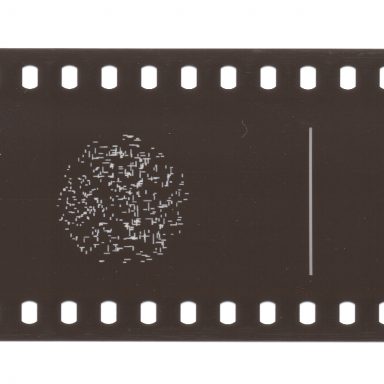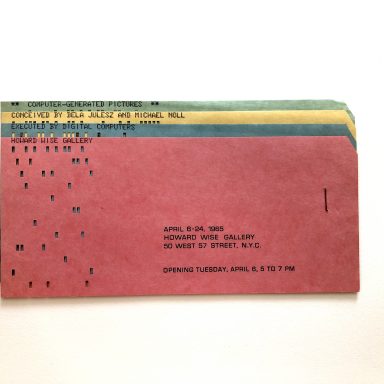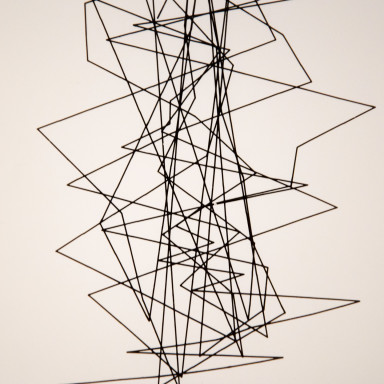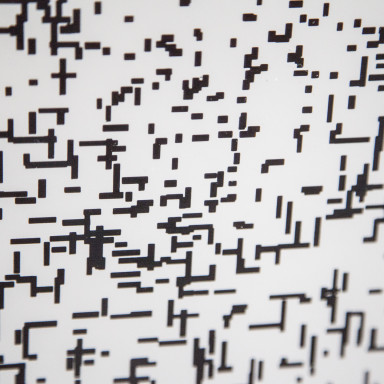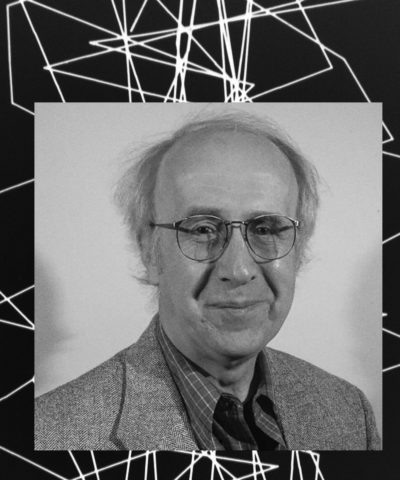
Basic Info
Name: A. Michael Noll
Country of Origin: US
Website: http://noll.uscannenberg.org/
Description
A. Michael Noll is an American engineer, artist, and pioneer in the fields of digital art and 3D animation. His work as a scientist, mathematician and technologist attempted to locate the boundaries of computer imagery as a medium during its early years, and his research and writings were integral to the construction of the field in its precarious space between science and art, modernism and traditionalism. Currently retired, Noll has had a varied career in communications as a researcher, a pioneer in computer art and animation, staff member to the White House Science Advisor, AT&T manager and planner, academic professor and administrator, author, columnist, classical music critic, archivist, and biographer. He continues to write about telecommunication and other issues.
Noll spent nearly fifteen years as a researcher at Bell Labs in Murray Hill, New Jersey, starting there in 1961. His work at Bell Labs placed him at the forefront of the use of digital computers in the visual arts and in pioneering stereoscopic animation for art and science. His research included work in such areas as: the effects of media on interpersonal communication, three-dimensional computer graphics, human-machine tactile (haptic) communication, speech signal processing, cepstrum pitch determination, and aesthetics. He was an early pioneer in the use of computers in the visual arts, and his works have been widely exhibited throughout the world.
Noll’s earliest computer art was created by accident during the summer of 1962, when a colleague’s microfilm plotter erred and produced an unusual abstract linear design which he deemed aesthetically pleasing. He sent a memo to his colleagues at Bell Labs explaining that he had generated a “series of interesting and novel patterns” on the IBM 7090. He called his creations “patterns” rather than “art”, The ambivalence Noll felt over whether or not to call his work “art” is a testament to his pioneering status in the field: this debate would continue for the next two decades or more.
The first exhibition of Noll’s computer art (along with Dr. Bela Julesz) at the Howard Wise Gallery in New York City in 1965 was the earliest such exhibition in the United States, and was received in a mostly hostile manner by critics, the public, and Bell Labs alike. The companies that supported the Labs were concerned that the exhibit would undermine the seriousness of the scientific research performed there. Noll and Julesz were encouraged to restrict publicity about their art and the exhibit, and urged to copyright their artworks. Noll’s work of the period, Gaussian-Quadratic, is thus celebrated as the first ever digital artwork to be granted copyright status.
Dr. Noll was a pioneer in many aspects of the field. His renowned computer-generated ballet was also created in the early 1960s and was the first such use of computers. His study comparing aesthetic response to a computer-generated pattern versus a painting by Mondrian has become a classic. In the late 1960s and early 1970s, he constructed interactive three-dimensional input devices and displays and a three-dimensional, tactile, force-feedback (“feelie”) device that were the forerunners of today’s virtual-reality systems. He also was one of the first researchers to demonstrate the potential of scanned displays for computer graphics.
Noll’s research was performed using a Stromberg Carlson SC-4020 microfilm plotter and IBM 7090 and 7094 computers. In 1968, the SC-4020 was replaced by a Stromberg DatagraphiX SD-4360. In his time at Bell Labs, he created some of the earliest three-dimensional stereoscopic computer-animated movies, with separate images for the left and right eyes. One of his computer-animated movies showed a four-dimensional hypercube, perspectively projected into three dimensions and then as stereo pairs. He later used this technique to animate letters and words for movie and TV title sequences. Noll also used his stereo animation to investigate three-dimensional random “kinetic sculptures” and a computer-generated ballet of stick figures on a stage.
In his position as Professor Emeritus of Communication at the Annenberg School for Communication at the University of Southern California, he taught graduate and undergraduate courses in the fundamental science and technology of communication systems, and studied the policy and social implications of communication technologies. He was Dean of the School for the 1992/93 and 1993/94 academic years, during which time he formulated a broader vision of communication that resulted in a merger of academic units at USC to create a greatly expanded Annenberg School.
Noll has published over ninety professional papers, was granted six patents for his inventions at Bell Labs, and is the author of twelve books on various aspects of communications. Examples of his work are in the permanent collections of the Museum of Modern Art, the Los Angeles County Museum of Art, the USC Fisher Gallery, the Performing Arts Library at Lincoln Center, and the Academy of Motion Picture Arts and Sciences.
A. Michael Noll, “Biography,” A. Michael Noll, January 12, 2020, http://noll.uscannenberg.org/.
Whitney Davis, “Binding and Unbinding the Mondrian Stimulus,” The British Journal of Aesthetics 58, no. 4 (2018): 449-467. https://doi.org/10.1093/aesthj/ayy038.
Grant D. Taylor, When the Machine Made Art: the Troubled History of Computer Art (New York: Bloomsbury, 2014).
